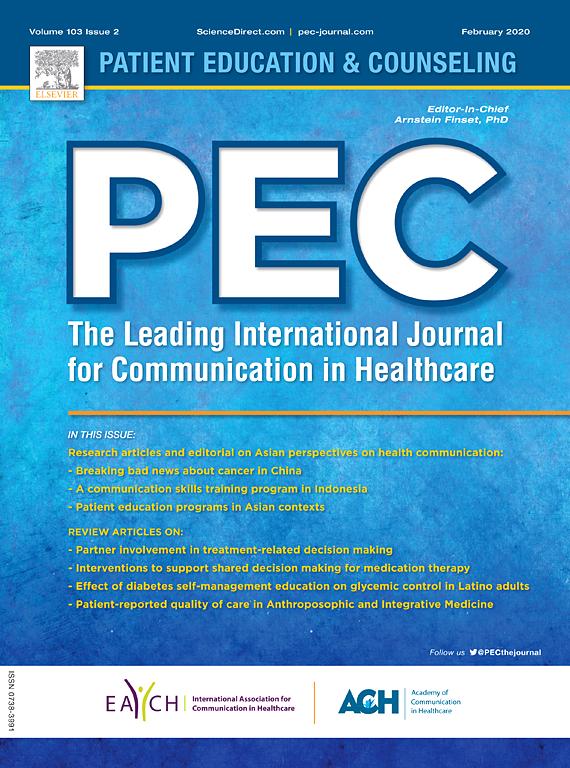Engaging patients in shared decision-making requires providers to integrate patient-identified goals into patient-provider communications. This qualitative study explored how high-need, high-cost older adult patients and their caregivers described their goals, which can help to guide providers to further improve communications and ultimately improve care for this population. Notably, many patients and caregivers used the words “hopes” and “wishes” instead of goals, and indicated that their “hopes” and “wishes” may change over time depending on symptoms and current priorities.
The researchers identified the following goal categories:
- Alleviating physical or emotional discomfort;
- Having autonomy and control in daily life, including in treatment decisions;
- Decreasing treatment burden and improving quality of life;
- Maintaining physical functioning and social engagement;
- Leaving a legacy;
- Extending life;
- Having satisfying and effective relationships, including with health care staff; and
- Maintain financial and housing security.
Health care providers should consistently communicate with patients and caregivers about their priorities and values, and mirror the language that they use. Provider understanding of patient goals may inform the development of better clinical tools and care models to improve the quality care for high-need, high-cost older adult patients.



